(ThyBlackMan.com) When it comes to collaboration, few artists have mastered the art like Michael Jackson. Throughout his extraordinary career, Jackson didn’t just work with people—he worked through them. His collaborations weren’t simple pairings for radio or marketing purposes. They were events. Each one revealed a new layer of his artistry, merging pop, soul, rock, gospel, and funk into something singular and transformative. Whether partnering with legends like Paul McCartney and Stevie Wonder or sharing the mic with his sister Janet Jackson, Michael knew how to blend his sound with others without ever losing his own voice.
Part of what makes these collaborations so enduring is that Jackson approached every duet as a dialogue. He listened. He adapted. He found the sweet spot between worlds—be it Motown nostalgia, British pop, Hollywood sheen, or gospel humanity. When he sang beside another artist, the performance became more than a song; it was an exchange of spirit. He elevated others, but he also allowed himself to be stretched, reshaped, and inspired.
These eight collaborations represent some of Michael’s most fascinating creative intersections. Some became global hits; others slipped through the cracks, rediscovered by fans who understand that musical chemistry doesn’t fade with time. Each track still feels fresh today because it speaks to universal themes: love, unity, freedom, joy, and truth. In an era where “featuring” has become a marketing formula, Michael’s partnerships remind us what true collaboration sounds like—artists building something bigger than themselves.
So as we revisit these moments, we’re not just listening for nostalgia. We’re tracing the legacy of a man who could sing beside anyone and make it sound divine. These collaborations prove why Michael Jackson remains, decades later, the gold standard of musical connection.
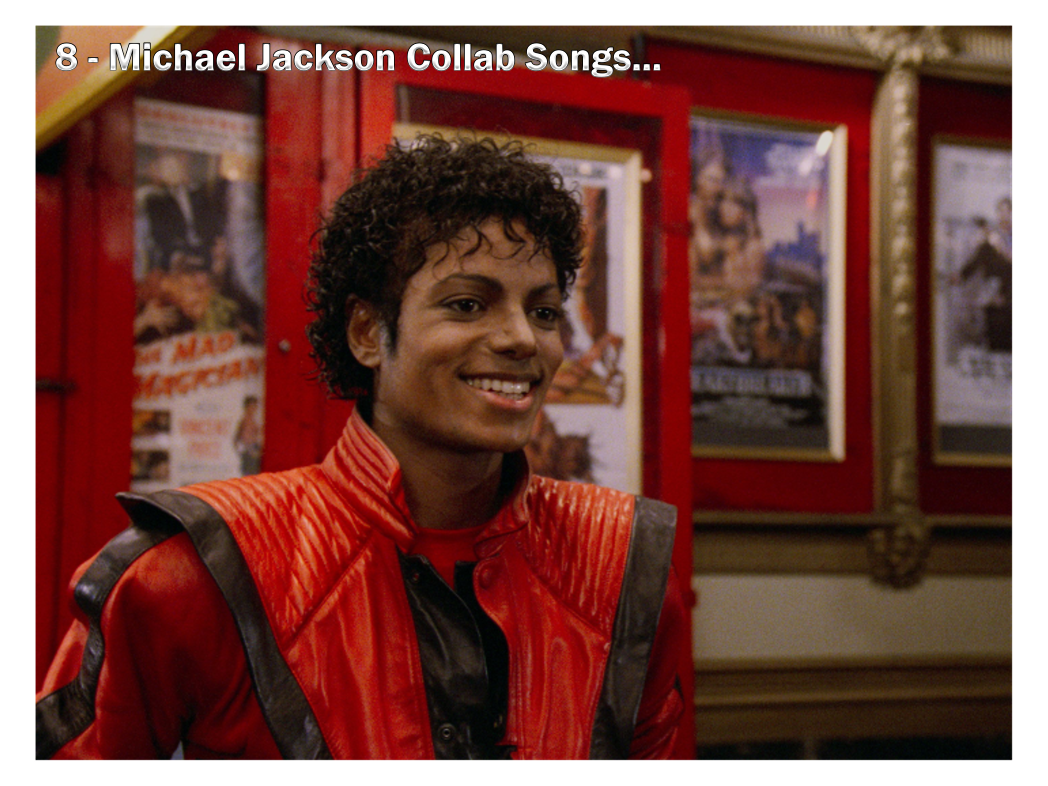
1. “Say Say Say” (with Paul McCartney)
When two titans of pop collide, the result is rarely subtle. “Say Say Say,” recorded during Michael Jackson’s Thriller era and featured on Paul McCartney’s Pipes of Peace, was more than a hit—it was a global phenomenon. McCartney brought his melodic genius; Jackson brought his energy and contemporary pop flair. The chemistry was instant, turning what could have been a novelty duet into one of the 1980s’ most enduring crossover records.
The track became a number one hit on the Billboard Hot 100, staying at the top for six weeks and earning critical praise for its effortless blend of pop and R&B. Produced by the legendary George Martin—best known as the “Fifth Beatle”—it’s no surprise that “Say Say Say” feels like a masterclass in composition. The horn arrangements sparkle with Motown precision, while the rhythm section grooves with a bounce that never fades. There’s a perfect balance between British pop sensibility and American soul swagger, something few collaborations have ever replicated.
One of the most memorable elements of “Say Say Say” is its storytelling video. Set in the 1930s, it features Jackson and McCartney as traveling conmen who sell a “miracle potion,” giving the duet a cinematic flair. It wasn’t just a video—it was short-form storytelling long before MTV fully embraced narrative visuals. Michael’s playfulness contrasts beautifully with Paul’s veteran poise, creating a lighthearted dynamic that mirrored their real-life friendship. The camaraderie was so natural that it reminded audiences of a simpler, more innocent joy in making music.
“Say Say Say” still resonates today because it captures a time when collaboration meant joy, not competition. The song’s infectious rhythm fits effortlessly into modern playlists; it’s been remixed, sampled, and rediscovered by younger generations through TikTok and YouTube. Its blend of melody and optimism feels like sunlight—bright, sincere, and impossible to ignore. Listening now, you can hear why Jackson and McCartney were so effective together. They brought out the best in each other—Paul’s pop craftsmanship meeting Michael’s showmanship. It remains a sonic bridge between eras, a timeless example of how music transcends generations.
2. “The Girl Is Mine” (with Paul McCartney)
Before “Say Say Say,” Michael and Paul’s first collaboration, “The Girl Is Mine,” set the tone for their creative friendship. Released as the lead single from Thriller, it introduced the world to Jackson’s mature songwriting and showcased McCartney’s melodic intuition. The two trade lines over a soft pop-R&B backdrop, playfully arguing over a woman’s affection. Beneath the lighthearted tone lies an elegant understanding of musical restraint—two legends sharing one space without overpowering each other.
Quincy Jones’s production shines here. Every element—bassline, Fender Rhodes, acoustic guitar—works in harmony, leaving space for the vocals to breathe. Michael’s delivery is tender yet confident; his phrasing feels conversational but layered with emotion. McCartney, always the storyteller, delivers his parts with sly humor and charm. Together, they create a sonic conversation rather than a performance. It’s a dialogue between youth and experience, innocence and wisdom, sweetness and playfulness.
The outro of the song—where Michael and Paul engage in that famous spoken exchange (“I’m a lover, not a fighter”)—became one of pop’s most quoted moments. What could have been cheesy is instead disarmingly human, reminding listeners that music doesn’t always have to shout to connect. That natural warmth is the song’s real magic. It’s not a power ballad; it’s an easy glide through friendship and affection.
In hindsight, “The Girl Is Mine” laid the emotional foundation for Thriller. It gave audiences a glimpse of Michael’s willingness to explore adult themes with tenderness rather than spectacle. In 2025, the song feels like comfort food—smooth, nostalgic, and unashamedly sincere. It’s the sound of two icons enjoying themselves in the studio, creating something built not for virality but for timelessness. That’s why, over forty years later, it still feels fresh: genuine collaboration never goes out of style.
3. “We Are the World” (with USA for Africa)
Michael Jackson’s collaboration with Lionel Richie and a host of stars for “We Are the World” wasn’t just another musical project—it was a cultural event that changed how artists viewed their responsibility to the world. Recorded in one unforgettable night at A&M Studios in Los Angeles, the charity single united over forty of the biggest artists in music, from Stevie Wonder and Diana Ross to Bob Dylan and Bruce Springsteen. Jackson, co-writer with Richie, didn’t just bring his voice—he brought purpose, precision, and heart.
Quincy Jones’s production gave the song its sweeping majesty. The arrangement is built like a cathedral—piano foundation, swelling strings, and gospel-inspired harmonies that rise to an emotional crescendo. Jackson’s voice, especially in his verse (“We can’t go on pretending day by day…”), is gentle yet commanding. You can hear conviction in every syllable, a sense that he believed music could heal wounds the world ignored. His melodic phrasing became the emotional thread that guided the ensemble, giving the song its moral center.
The session itself was legendary. Artists like Prince and Madonna declined, but those who attended made history. The energy in that room—Ray Charles at the piano, Springsteen shouting harmonies, Cyndi Lauper improvising runs—was electric. Still, it was Michael’s humility and focus that impressed everyone. He didn’t dominate the room; he inspired it. Quincy later said Jackson “worked like a surgeon,” refining the melody until it carried both compassion and power.
Decades later, “We Are the World” continues to live in moments of crisis and hope. Its 2010 remake for Haiti proved that the song’s DNA still speaks to new generations. But the original remains unmatched for its sincerity and unity. Listening in 2025, you don’t just hear a song—you feel a movement. Jackson proved that music can be more than entertainment; it can be empathy in motion. Every time his voice enters, the song transcends genre and becomes prayer.
4. “Scream” (with Janet Jackson)
If “We Are the World” was Michael Jackson’s call for global unity, “Scream” was his battle cry for personal freedom. Teaming up with his sister Janet, the duo created one of the most intense, futuristic pop tracks ever recorded. Released as the lead single from HIStory: Past, Present and Future, Book I, “Scream” was both defiance and therapy—a cathartic response to relentless tabloid pressure and public scrutiny.
Produced by Jimmy Jam and Terry Lewis, the song was a technological marvel. Its mix of industrial sounds, electronic funk, and sharp percussion was unlike anything else in mainstream pop at the time. Michael’s performance is volcanic—his voice raw, aggressive, almost snarling with frustration. Janet’s vocals, in contrast, are cool and controlled, acting as both foil and anchor. The interplay between the siblings feels like a conversation between storm and calm. It’s family alchemy—two energies colliding and coexisting in perfect tension.
The accompanying black-and-white video cost over $7 million, making it the most expensive music video ever produced at the time. Yet every cent is visible. The minimalist set design—spaceship corridors, zero gravity, metallic tones—reflects emotional isolation. “Scream” wasn’t just about anger; it was about alienation, the exhaustion of being misunderstood by a world that demanded perfection. For fans, it became more than a song; it was catharsis wrapped in choreography.
In 2025, “Scream” sounds as modern as ever. Its sonic palette paved the way for artists like The Weeknd, Lady Gaga, and H.E.R., who fuse vulnerability with electronic precision. The song still feels like armor—something to blast when you’re tired of judgment and hypocrisy. More than a duet, “Scream” remains a masterpiece of emotional honesty, reminding listeners that sometimes art’s truest form is resistance. It is, without question, one of the most powerful brother-sister collaborations in pop history.
5. “Whatzupwitu” (with Eddie Murphy)
“Whatzupwitu” might be the most lighthearted of Jackson’s collaborations—and perhaps the most misunderstood. Partnering with comedian Eddie Murphy, Michael stepped into an unexpected role: spreading positivity through joyful eccentricity. The song appeared on Murphy’s Love’s Alright album, a surprising but sincere musical effort from one of Hollywood’s biggest comedic stars. The track combines 1990s R&B grooves with a spiritual message rooted in optimism. It’s not meant to be profound in the traditional sense—it’s playful, childlike, and genuine, which makes it endearing decades later.
Murphy, fresh off his dominance in comedy and film, shows commitment rather than comedy here. His vocals are earnest, leaning more toward heartfelt than humorous. But it’s Jackson who turns the track into something memorable. His harmonies soar, filling every corner of the song with warmth and light. The chorus, with Jackson’s signature layered vocals, feels like sunlight breaking through clouds. Lyrically, it’s a call for unity and understanding—“Why can’t we just get along?”—a sentiment that echoed Michael’s personal ethos from Man in the Mirror to Heal the World.
The music video adds to the song’s eccentric charm. Directed by Wayne Isham, it features cartoonish clouds, animated cherubs, and floating hearts—pure 90s surrealism that baffled critics but entertained fans. It was colorful, whimsical, and unapologetically corny in an era obsessed with cool. Beneath the humor, however, lies sincerity. The video radiates the sense that two friends—one a pop legend, one a comedian—are genuinely having fun spreading joy. It’s an artifact of an era when positivity in pop wasn’t ironic or forced.
Listening to “Whatzupwitu” today feels refreshing. It stands apart from today’s hyper-produced pop anthems, reminding us that joy doesn’t need layers of complexity to resonate. In a cynical age, its unfiltered innocence feels almost rebellious. Michael didn’t need this collaboration for fame or charts; he did it for fun—and that makes it pure. It’s a small but bright piece of Jackson’s expansive catalog that continues to charm those who find it.
6. “Ease On Down the Road” (with Diana Ross)
Before global superstardom, Michael’s chemistry with Diana Ross helped shape his artistic identity. Their duet “Ease On Down the Road,” from The Wiz soundtrack, marked a key moment in Jackson’s transition from child prodigy to young adult performer. Both stars were steeped in Motown’s legacy, but this record gave them the freedom to explore theatrical soul. It was the sound of two icons in motion—Ross as the guiding mentor and Jackson as the rising star discovering his independence.
The track reimagines The Wizard of Oz classic through the lens of 1970s funk and R&B. Its brass-heavy arrangement and swinging rhythm transform a Broadway tune into a soul celebration. Jackson’s vocals are youthful, exuberant, and crisp—filled with charisma and life. Ross, meanwhile, adds polish and grace, grounding the song with her seasoned control. Together, their voices glide and dance like partners in a Broadway finale. The chemistry feels organic, built on affection and respect rather than competition.
In context, the song was more than a movie tie-in—it symbolized a cultural moment. The Wiz was a landmark in Black cinema, reimagining a traditionally white fantasy through Black artistry. For Michael, performing alongside Ross represented continuity with Motown’s golden past while stepping into a bold new creative space. His performance of the Scarecrow in the film showcased his expressive physicality, foreshadowing his future dominance in music videos. “Ease On Down the Road” captured that transitional magic perfectly.
In 2025, the song remains as lively as ever. It’s become a timeless feel-good anthem, often resurfacing in commercials, TV shows, and nostalgic playlists. It embodies joy, motion, and community—qualities that defined Jackson’s early artistry. Before moonwalks and multi-platinum albums, there was this: pure energy, shared joy, and the unmistakable spark of a legend in the making. It’s not just a duet—it’s history in motion.
7. “Somebody’s Watching Me” (with Rockwell)
Rockwell’s “Somebody’s Watching Me” might not carry Michael Jackson’s name on the cover, but his voice is what turned the song into a classic. Rockwell, born Kennedy Gordy—the son of Motown founder Berry Gordy—invited Jackson to sing the chorus, and that decision transformed the track’s destiny. Released during Jackson’s Thriller dominance, the song captured a fascinating intersection between paranoia, fame, and pop accessibility. It’s ironic and prophetic all at once—especially given how closely its lyrics mirror the scrutiny Michael himself faced.
The production, with its eerie synths and funk-driven groove, embodies the sound of mid-80s pop perfection. There’s a cinematic quality to it—equal parts spooky and danceable. Rockwell’s talk-sung verses play like a tongue-in-cheek horror film, while Jackson’s crisp, soaring vocals inject the song with emotional urgency. His delivery of the hook—“I always feel like somebody’s watching me…”—turns a playful lyric into something hauntingly relatable. It’s paranoia turned into art, with Jackson’s voice as the magnetic core.
Critics at the time were surprised to learn Michael had agreed to sing on a friend’s debut single without credit. But that was his nature—generous, collaborative, and loyal. His presence elevated Rockwell’s concept from novelty to masterpiece. The track shot to No. 2 on the Billboard Hot 100, fueled largely by Michael’s unmistakable sound. Even years later, Rockwell himself acknowledged that Jackson’s contribution was the heartbeat of the record.
In 2025, “Somebody’s Watching Me” is still everywhere—from Halloween playlists to TikTok remixes. Its fusion of funk, fear, and fun gives it an edge modern pop rarely achieves. What’s more, it feels eerily modern in an age of constant surveillance and digital exposure. Jackson’s voice remains the hook that draws listeners in; it’s his magic that makes the paranoia danceable. Decades later, the song stands as proof that even a brief Michael Jackson cameo could change music history.
8. “Get It” (with Stevie Wonder)
When Michael Jackson teamed up with Stevie Wonder for “Get It,” the result was less a duet and more a jam session between two musical architects. Featured on Wonder’s Characters album, the song arrived at a time when both men were experimenting with technology and funk-infused pop. It’s bright, playful, and brimming with the kind of musicianship that defined late-’80s R&B.
“Get It” thrives on groove. The production blends sharp rhythm guitar, slinky basslines, and Stevie’s signature harmonica runs. There’s a laid-back funkiness to it—less flashy than Michael’s own hits from Bad but just as sophisticated. Their vocal chemistry is dynamic yet relaxed. Stevie’s improvisational phrasing dances effortlessly around Michael’s clean, rhythmic delivery. The two sound like they’re finishing each other’s musical sentences.
Lyrically, it’s flirty and rhythmic, with an easy confidence that mirrors their friendship. They trade playful lines about attraction and energy, their voices layered in call-and-response. It’s a track that feels spontaneous, as though captured in one inspired take. What stands out is the mutual respect between two legends who didn’t need to compete—they simply enjoyed the groove. Jackson, who had grown up idolizing Stevie, performs with the excitement of a student-turned-peer.
“Get It” may not have topped charts, but it endures as one of the most underrated duets of its time. Listening today, it feels timeless—its rhythm just as infectious as anything in contemporary neo-soul or funk revival. For fans, it’s a reminder that not every collaboration needs to be monumental to be meaningful. Sometimes, it’s enough to hear two musical geniuses vibing in harmony, exchanging smiles through sound. “Get It” captures that joy perfectly—two icons in sync, grooving for the love of music itself.
Michael Jackson’s collaborations weren’t side projects—they were extensions of his genius. Each partnership expanded his sound, challenged his creativity, and deepened his humanity. Whether duetting with Paul McCartney, harmonizing with Diana Ross, or sharing a mic with Janet, he transformed every recording into an event. His ability to blend seamlessly with others while maintaining his artistic core remains unmatched.
These songs endure because they reflect Michael’s range: playful (“Whatzupwitu”), profound (“We Are the World”), rebellious (“Scream”), and joyful (“Ease On Down the Road”). They remind us that true greatness isn’t about dominance—it’s about connection. Jackson had a rare gift for making others sound better while staying unmistakably himself.
As we listen in 2025, these collaborations feel alive—testaments to the power of unity in music. They remind us that while the world changes, emotion doesn’t. Great art, like Michael’s, transcends time, technology, and even mortality.
Michael Jackson’s legacy is often defined by his solo achievements, but his collaborations tell an equally powerful story: one of generosity, curiosity, and shared magic. The King of Pop didn’t just make hits; he made harmony.
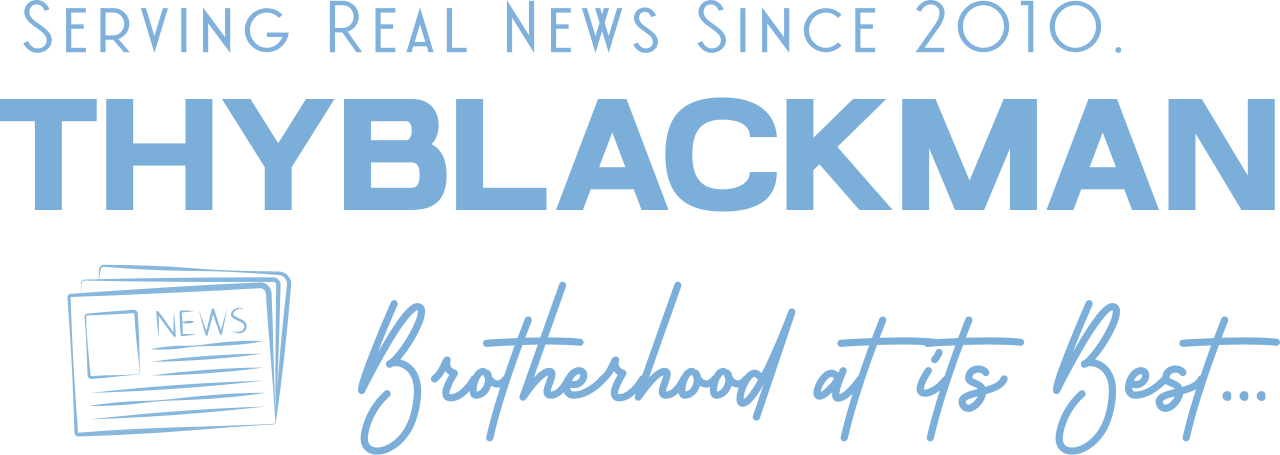












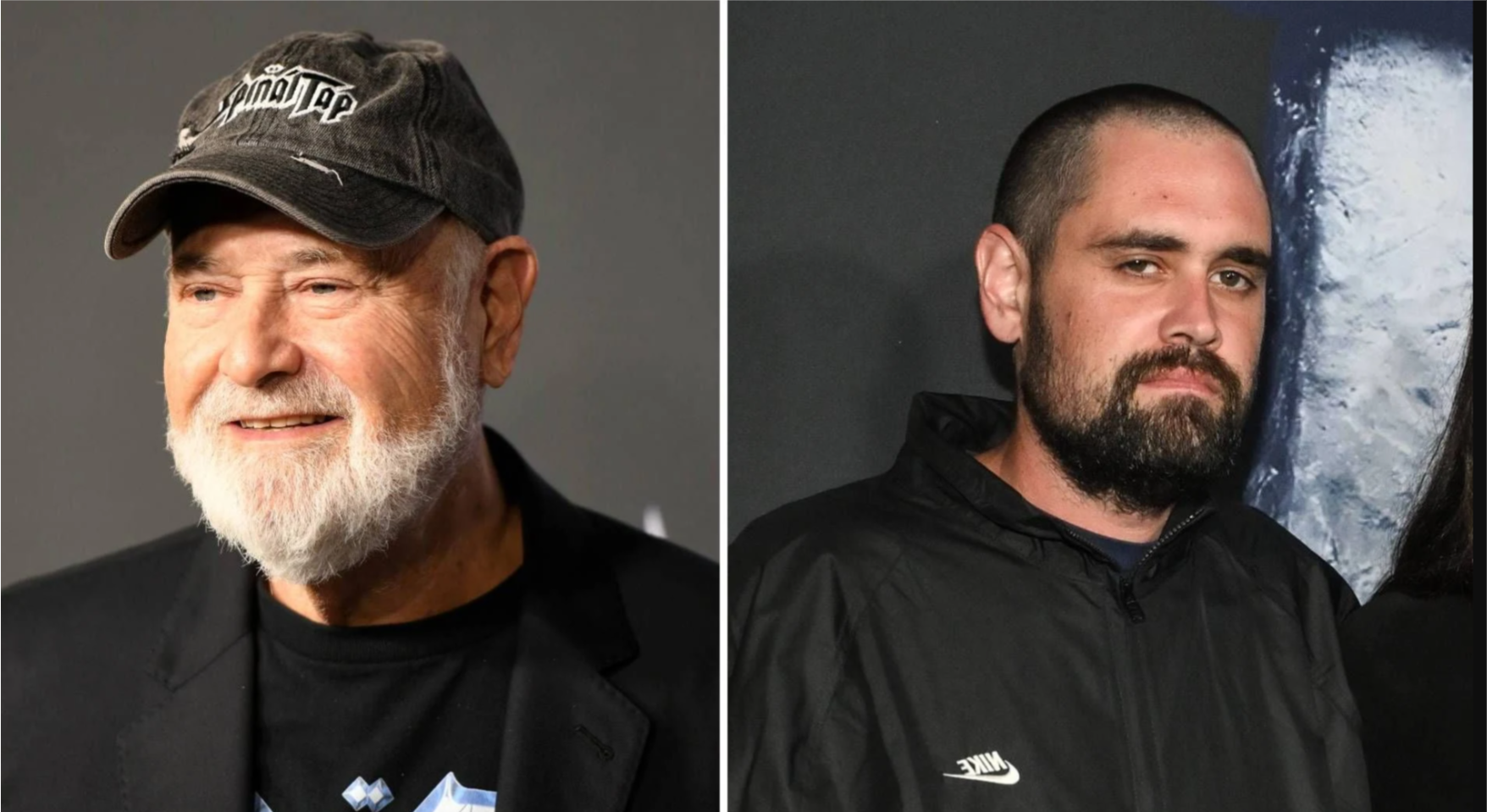
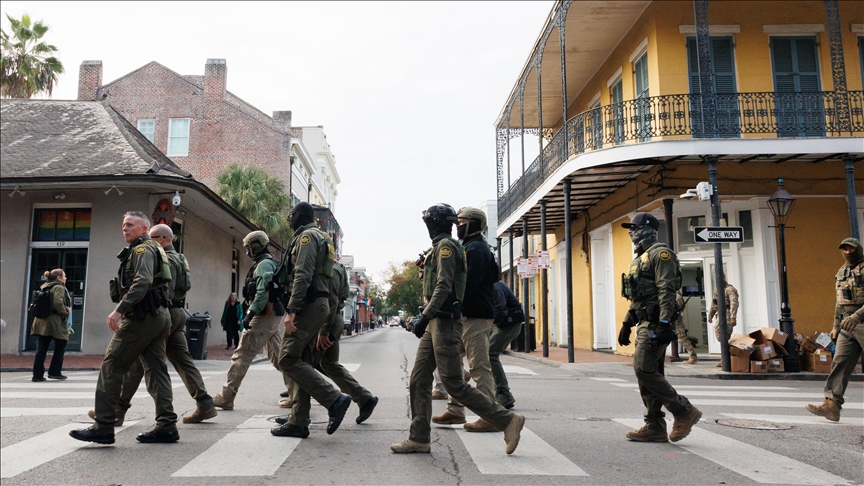

Leave a Reply